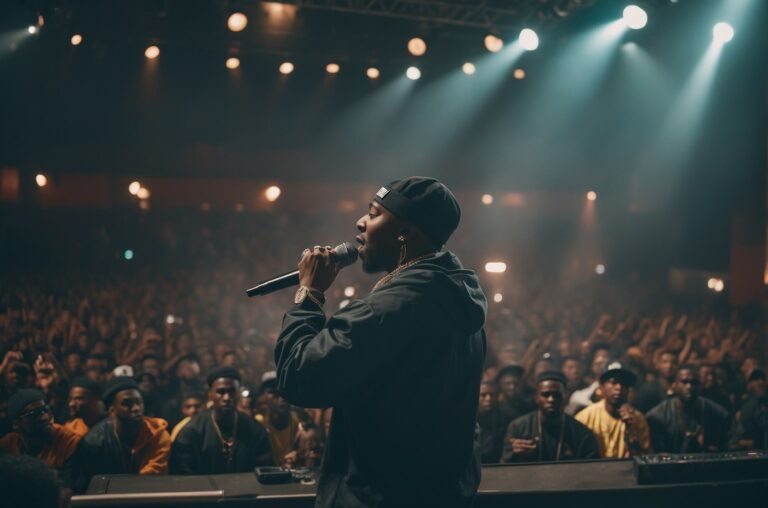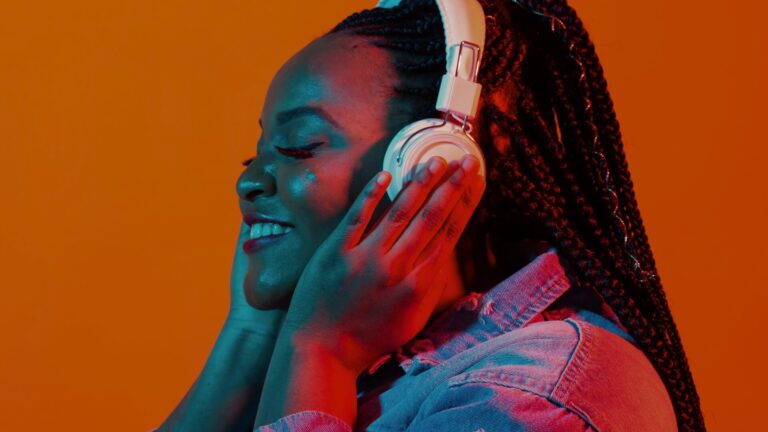Great lyrics for every beat
Creating compelling lyrics and rap verses is both an art and a skill that can be honed with practice and the right techniques. Whether you’re drawing inspiration from soulful beats or crafting intricate rap flows, this guide will help you write vocals and raps that resonate with your audience. Here are some effective writing techniques, complete with real-world examples to illustrate each approach.
1. Start with a Strong Concept
Technique: Theme and Storytelling
Begin by defining the theme or story you want to tell. This gives your lyrics a clear direction and purpose.
Example:
Alicia Keys’ “If I Ain’t Got You” centers around the theme of love and the realization that material things don’t matter without it. Start with a concept like this to guide your writing.
Application:
- Choose a central theme (love, struggle, success, etc.).
- Write a brief outline or a few sentences about the story you want to tell.
2. Use Vivid Imagery and Metaphors
Technique: Descriptive Language
Incorporate vivid imagery and metaphors to paint pictures with your words, making your lyrics more engaging and relatable.
Example:
Nas’ “The World Is Yours” uses metaphors and imagery to describe his perspective on life and ambition: “I’m out for presidents to represent me.”
Application:
- Think of powerful images or symbols that relate to your theme.
- Use similes and metaphors to add depth to your lyrics.
3. Focus on Rhythm and Flow
Technique: Cadence and Rhyme Schemes
Pay attention to the rhythm and flow of your lyrics. This is crucial in rap where cadence and rhyme schemes can enhance the musicality of your words.
Example:
Kendrick Lamar’s “DNA” showcases complex rhyme schemes and rhythmic flow that add intensity to his lyrics.
Application:
- Experiment with different rhyme schemes (AABB, ABAB, etc.).
- Practice delivering your lines with varying rhythms to find what works best.
4. Use Personal Experiences and Emotions
Technique: Authenticity
Draw from your personal experiences and emotions to create authentic and heartfelt lyrics.
Example:
Eminem’s “Lose Yourself” is based on his real-life struggles and triumphs, which adds authenticity and emotional impact to the song.
Application:
- Reflect on significant experiences or feelings.
- Write honestly about your emotions and how they relate to your theme.
5. Refine and Edit
Technique: Revision
Don’t settle for your first draft. Refining and editing your lyrics can make a significant difference in their quality.
Example:
Bob Dylan is known for constantly revising his lyrics to enhance their meaning and impact.
Application:
- Review your lyrics multiple times.
- Make adjustments for clarity, impact, and flow.
Real-World Examples and Inspiration
Soulful Example:
- Song: “A Change Is Gonna Come” by Sam Cooke
- Technique: Storytelling and Emotion
- Analysis: This song tells a story of struggle and hope, using vivid imagery and personal emotion.
Rap Example:
- Song: “Juicy” by The Notorious B.I.G.
- Technique: Authenticity and Cadence
- Analysis: Biggie uses his personal journey and rhythmic flow to create a relatable and memorable rap.
Final Tips for Writing Vocals and Raps
1. Consistency is Key
- Write regularly to develop and refine your skills.
2. Seek Feedback
- Share your work with others to get constructive feedback.
3. Study the Greats
- Analyze the lyrics of successful artists to understand their techniques and styles.
By following these techniques and learning from real-world examples, you can write powerful and impactful vocals and raps. Visit Empire Soul for inspiration with soulful beats that can elevate your music. Whether you’re crafting a heartfelt ballad or a hard-hitting rap, these strategies will help you create lyrics that resonate with your audience.




